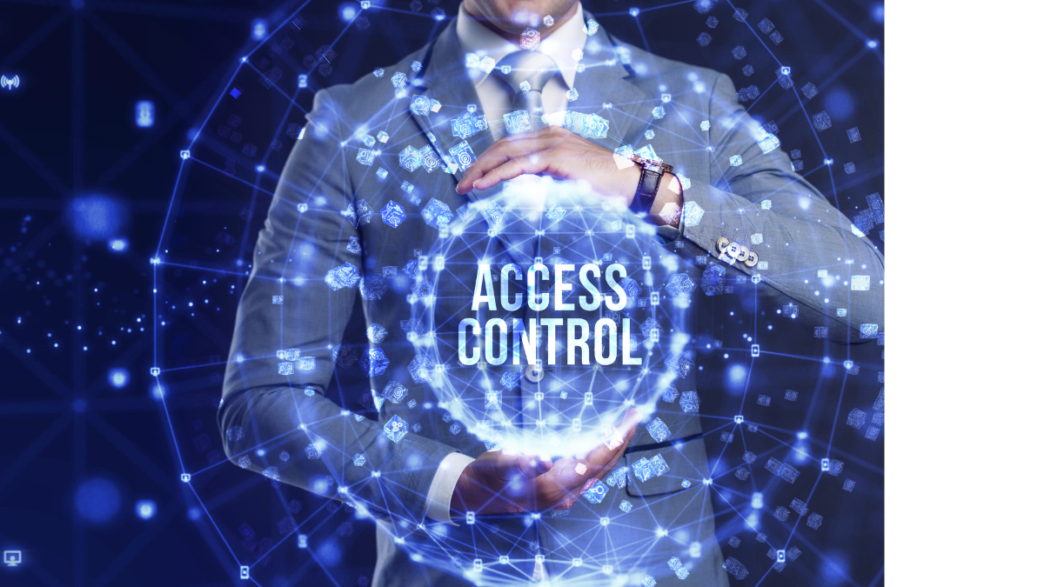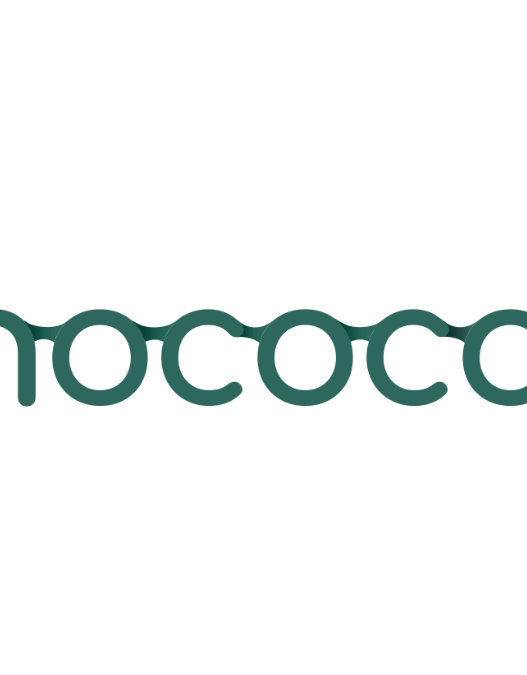Written by Stephen Commander,
HID Director of Regulatory and Consultant Relations
In an ever-changing cybersecurity environment, it is important to recognize physical security as a critical element of a company's cyber strategy. Steven Commander, Director of Regulatory and Consultant Relations at HID, shares his expertise below. To learn more, watch HID's on-demand webinar where Steven talks about innovative cybersecurity strategies with LenelS2 and Milestone Systems.
Cybersecurity is not often the first thing that comes to mind when you think of access control systems, a critical mechanism that prevents unauthorized entry into buildings and other physical spaces. However, it is critical to protect the data these systems process. Threats range from card cloning to network attacks, putting not just people and buildings at risk, but entire corporate networks.
Organizations recognize these security gaps and are working to bridge the gap between physical and network security operations. According to Gartner, 41% of enterprises plan to integrate aspects of cybersecurity and physical security by 2025, up from 10% in 2020.
The importance of cybersecurity in access control
Granting someone access to a restricted area requires transmitting sensitive data between various components, including credentials, readers, controllers, servers, and software clients. Compromising any part of this chain can lead to a major security breach.
Compromised access control systems can have dire consequences that go beyond the economic costs. Intruders can gain access to restricted areas, disable alarms, change permissions, and steal sensitive company information. Therefore, ensuring and protecting the confidentiality, integrity, and availability of access data is of paramount importance. However, many organizations separate physical and cybersecurity operations, which can obscure vulnerabilities and hinder remediation efforts.
Challenges in securing access systems
Although there is growing awareness of the need for cybersecurity in access control, there is still confusion about how to effectively enforce security. While standards and certifications such as NIST 800-53 and TÜVIT are a step in the right direction, they do not cover the full range of potential vulnerabilities.
Securing an access system requires more than just evaluating individual components. That includes scrutinizing the entire data submission process. This includes how sensitive information about employee identities and approval privileges is provisioned, stored, and managed in credentials. Addressing these risks requires a deep understanding of operating systems, active directories, databases, encryption protocols, and algorithms, and emphasizes the need for close collaboration among diverse teams and experts.
Cybersecurity priorities
Ensuring the cybersecurity of access control systems is a multi-step process that varies depending on the environment.
Even when protocols are established, it is important to follow best practices and manufacturer recommendations. Small implementation errors can lead to serious security issues. Access control systems must integrate seamlessly with the broader network and IT architecture, providing an opportunity to improve operational efficiency and streamline IT strategy while reducing risk.




















